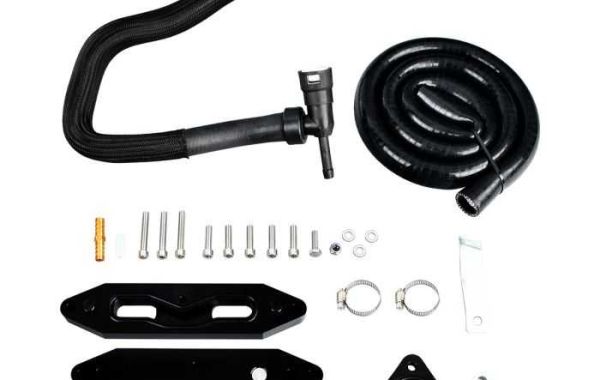In A Life of Recovery: Breaking the Chains of Addiction, Woody Giessmann not only tells the story of his transition from active addiction to recovery. He shares with the reader the transformative force of creativity and the vital role played by music and art in reconstructing his mind, body, and spirit.
Prior to becoming a licensed interventionist and counselor, Woody was perhaps best remembered as the drummer for The Del Fuegos, a band that partied hard, rocked louder, and experienced their share of wildness. But the limelight belied a greater truth Woody was sinking under the weight of sorrow, unresolved trauma, and substance addiction. At the center of his recovery was not so much therapy or clinical treatment, but a reunion with his creative center.
Music was not a pastime for Woody it was a lifeline.
He grew up in Kansas, finding solace behind the piano, sketchbook, and eventually, the drum kit. He worshipped David Bowie's artistry, Jimi Hendrix's energy, and Bob Dylan's storytelling. Music wasn't entertainment; it was identity. It was expression. It was survival.
Since his Brother Brian's suicide, music had become a refuge and a protest. Woody brought that agony with him into his adult life, anaesthetizing himself with substances to silence the pain that remained. But as he went into recovery, he realized that healing fully was going to take more than just not using. It was going to take reconnecting with himself, his past, and his creativity, which he had used to articulate his soul.
Woody details the long months of physical and mental rehabilitation after a 2016 ruptured brain aneurysm. Wheelchair-bound and struggling to speak and coordinate movements, he relied considerably on painting, meditation, and music therapy to regain his sense of rhythm both literally and symbolically.
He describes: "Music became my metronome for healing."
Whether it was drawing portraits of friends, listening to old records again, or writing new beats, every creative act was an act of healing. Creativity was a constant reminder that he was more than his diagnosis. More than his addiction. More than his trauma.
Later in his professional career, Woody translated this observation into practice. When he established Right Turn in Massachusetts, it was one of the first recovery programs in the nation to officially incorporate creative expression along with evidence-based treatment. Clients weren't merely asked to speak clients were asked to paint, play, sing, write, and create.
Some had never held a brush in their hands. But all discovered a fragment of themselves in the process.
Art therapy and music therapy are not merely distractions they're transformational. They enable people to process difficult feelings, reinterpret personal stories, and connect with parts of themselves that talk therapy by itself can't always access.
Woody's innovative model at Right Turn combined clinicians, musicians, and expressive therapists to provide an atmosphere that was more like a creative community than a clinic. And it succeeded. For many hundreds of clients, creative healing became a foundation for long-term recovery.
Today, Woody continues to paint and create music. His work has been exhibited, published, and even used as cover art for his book. He doesn’t separate his art from his therapy they are one and the same.
“Recovery gave me back my voice,” he says. “But creativity gave me the courage to use it.”
In a world that tends to boil recovery down to lists of abstinence requirements and relapse avoidance, Woody Giessmann presents an alternative route one filled with beauty, imagination, and soul.
A Life of Recovery is full of lessons for clinicians and families. But its most powerful message may be this: we need to treat people as complete people. We need to feed their minds, their bodies, and their spirits. And for many, that fuel comes in the form of creation.







